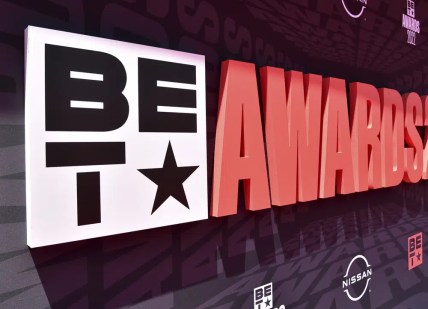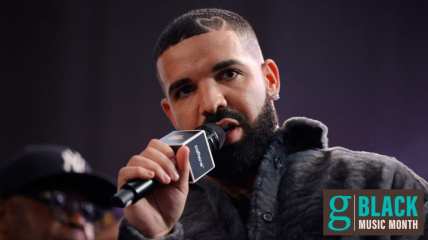Where is house music at home? Check out 7 destinations rich in Black house history
Visit these destinations to experience and understand the enduring power, prevalence and history of Black house music.
Have you enjoyed the mainstream success house music has received since the release of Beyonce’s “Renaissance” and Drake’s “Honestly, Nevermind” albums?
As many already know, house music has always been heralded in Black and marginalized communities, and like many musical genres, it originated at a time when collective frustrations were high. While many identify the genre with the 1980s, it was in the aftermath of the civil rights movement that house music was birthed, out of both evolution and revolution.
In the 1970s, many Black people were finally beginning to get their feet into mainstream doors and receive recognition for their contributions to pop culture. However, in New York City, the epicenter of ethnicity, Black and brown people were becoming poorer. Queer communities were finding new outlets after fighting for liberation in the Stonewall Riots and, as members of other marginalized groups including Latinos and Africans, cultivated an underground subculture to socialize as a respite from the grim realities they faced. Nevertheless, the parties, music and culture started to gain favor as white America caught on, and the dance floors where house music played were soon among the most progressive spaces in America.
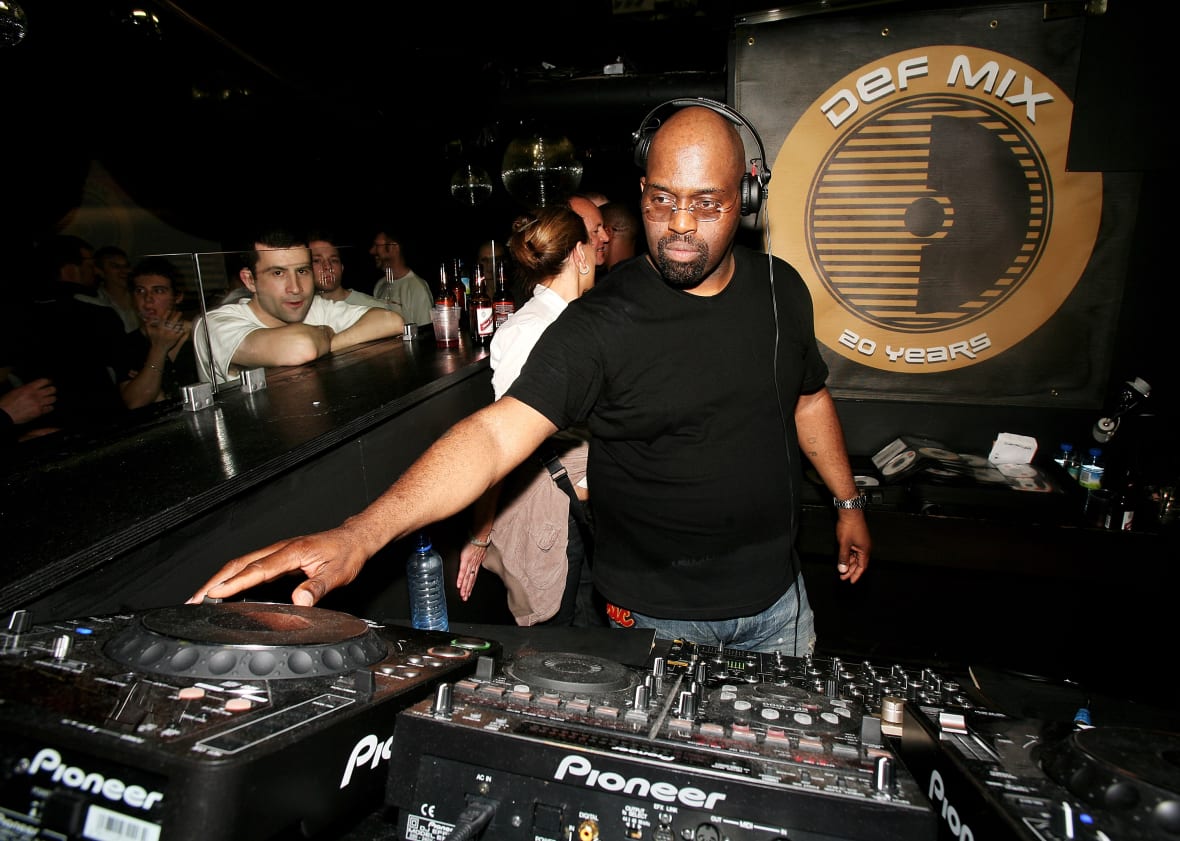
Some of the earliest documented house music began in New York City in the 1970s. Black teenage DJs Frankie Knuckles and Larry Levan began spinning in post-disco basement parties at the at Ansonia Hotel’s Continental Baths. Their style of music — a fusion of soul, rock, disco, rhythm and blues — were so viral that Chicago-based promoters invited the DJs down to the newly opened Warehouse Club in the Windy City, and the rest is history. House music soon became so popular that demand rose at record stores, and record labels began to commission DJs to create dance mixes for their top artists’ songs.
Since then, the Black music style born out of New York City and nurtured in Chicago has found its way across the world, pinnacling in the U.K. and Ibiza, where it still holds major popularity today. Other cultural centers in Detroit, New Jersey and Baltimore have also formed their own house and club music styles, which is now heard in many mainstream songs today.
Want to take a deeper dive into the decades-old genre? Check out the breakdown of Black house music and sub-genres below to figure out where to visit to pay homage, gain greater historical context or just dance away the frustrations of today.
New York City, N.Y.
From Continental Baths to The Gallery and Paradise Garage, NYC’s underground clubs brought dance remixes and house music to the mainstream. Today, it is not hard to locate house music in NYC — it is alive and well, and you can find it in every other club. Try to visit when a popular house music DJ like Black Coffee is spinning at The Brooklyn Mirage, or visit Lambda Lounge, one of the only Black-owned gay bars in the city.
Chicago, Ill.
If you’re familiar with house music, you know Chicago is the greatest to ever do it. To this day, Chicago remains the most involved in house music and dance mixes, with sounds booming from multiple areas in the city. In 2004, the city named a stretch of Jefferson Street — where the honorable Warehouse club once stood — “Frankie Knuckles Way” in honor of DJ Knuckles, the pioneer of house music. On June 21, The Warehouse was named an official landmark by the city. You also can’t mention Chicago house music without referencing the annual weekend-long picnic produced by The Chosen Few DJs, which attracts thousands of house music devotees each summer.
Detroit, Mich.
In Belleville, Michigan, high school friends Juan Atkins, Derrick May and Kevin Saunderson formed “The Belleville Three,” producing a sound heavily identified by the use of synthesizers like the Korg MS-10 and the MiniKorg-700S. In 1982, the electro track “Clear” was recorded by Atkins and Rick Davis as Cybotron, which is considered the first proto-techno track. From there, Detroit techno took off, reaching far corners of the world. When in Michigan, take a Detroit Techno tour to visit all the landmarks, social clubs, and lounges that helped make the Detroit techno sound a worldwide phenomenon.
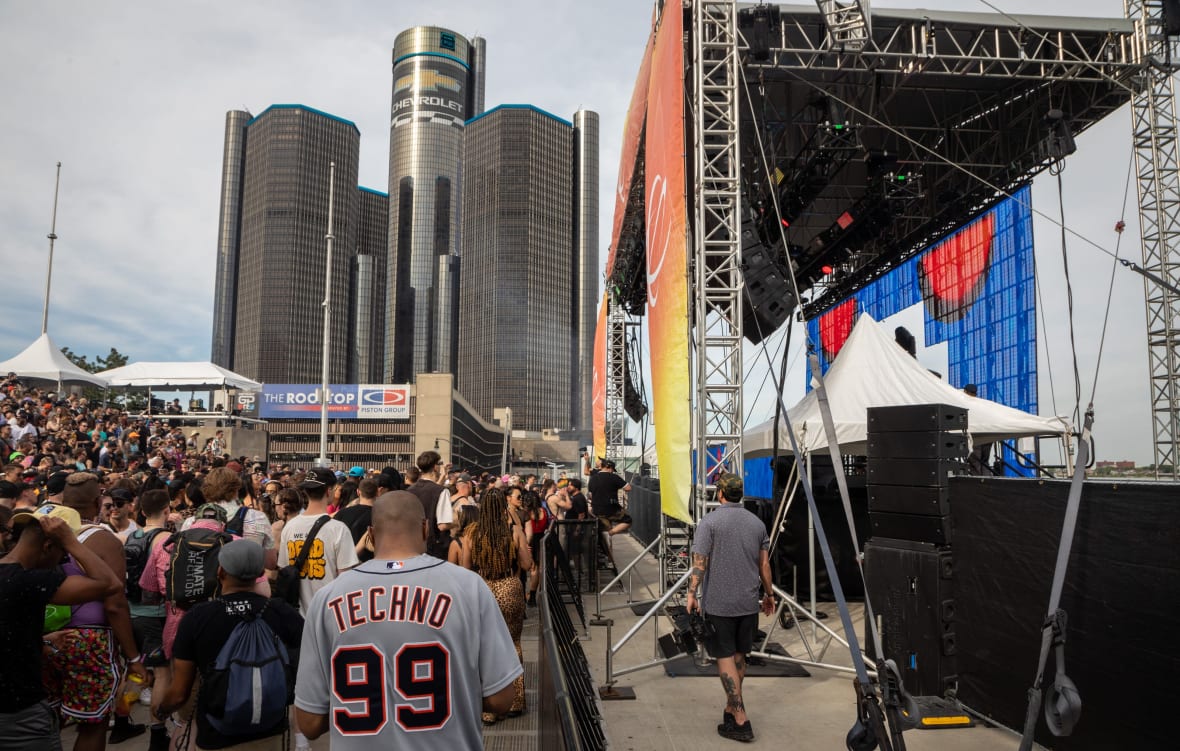
Ibiza, Spain
It is now house music lore that, in the early 1980s, Detroit techno progenitor Derrick May sold a Roland TB-303 electronic synthesizer to Knuckles, whose influence eventually traveled to the United Kingdom. When U.K. house music DJs like Paul Oakland visited Ibiza’s Club Amnesia for the first time, they heard acid house and Balearic house, styles almost directly descended from Detroit’s techno style. The legendary Amnesia is still open, so when in Ibiza, make time to visit this destination, which has a club music reputation that has now lasted over five decades. Try to be in Ibiza when top Black DJs such as Sunnery James & Ryan Marciano, Afrojack or Black Coffee are set to spin at one of the island’s clubs.
Manchester, U.K.
One of the first major successes in house music history is when “Love Can’t Turn Around” by Farley “Jackmaster” Funk and Jesse Saunders peaked at #10 on the U.K. singles chart in 1986. By 1987, influential American DJs, including Knuckles, were on tour in the U.K., where house music continued to chart even more prominently than in the U.S. and soon took over the nation’s dance scene. When house ruled the U.K., Manchester’s Hacienda nightclub, now demolished and turned into Hacienda Apartments, was the place to be. Today, visit Fac251— Factory Manchester to experience the best of U.K. house music.
Baltimore, Md.
A derivative of house music, Baltimore club music began in the ‘80s as a fusion of breakbeat, hip-house, Chicago house, hardcore U.K. rave and Miami bass. Go to any homecoming in the DMV area and you will hear B’more club music blasted on lawns, in concerts, and at parties just as regularly as in clubs. Visit Morgan State University during homecoming weekend in Baltimore, and you’ll be bombarded with TikTok stars who have gone viral making dances and themes based on Baltimore club songs for followers to join along.
New Jersey
Widely considered the second coming of Baltimore music, New Jersey club music took the driver’s seat in the 2000s as the leader in club music and the producer of most samples still heard today. Collectives like the Brick Bandits from Newark, DJ Wallah, DJ Lil Man, DJ Frosty, DJ Jayhood and DJ Fade have carried the sound on their backs, creating smoother transitions using the same base format as Baltimore club house, but with more elements. When planning a trip to N.J., visit during summer house music festival time and check out the Weequahic Park House Music Festival, the Lincoln Park Music Festival or even the Roselle House Music Festival to hear the best of New Jersey club music and house music that continues to shape the genre.
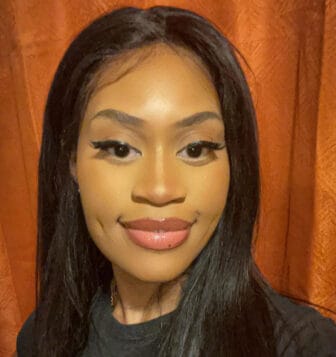
Noel Cymone Walker is an NYC-based writer specializing in beauty, fashion, music, travel, and cultural anthropology. She has written and produced visuals for several notable publications such as The Recording Academy/The Grammys, The Fader, Billboard, OkayPlayer, Marie Claire, Glamour, Allure, Essence, Ebony, and more.
TheGrio is FREE on your TV via Apple TV, Amazon Fire, Roku, and Android TV. TheGrio’s Black Podcast Network is free too. Download theGrio mobile apps today! Listen to ‘Writing Black‘ with Maiysha Kai.
